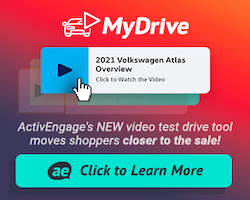
Picture two young men, sitting in wheelchairs next to each other. Their body movement restricted by a severe mental/physical handicap. No way to communicate with each other.
Their wheelchairs each have a shiny new mobile device and a big yellow button on their armrest. A cross-hair tracking tool lets them select an application. They speed through the simple UI and select an app using the button. Before I can realize it, he sent his friend a message. He laughs, his eyes grow large and I can feel the pure joy he’s experiencing.
His friend responds and he shows the same huge smile. He looks up at me as if proudly showing off what he just did. I wiped my eyes after seeing this.
This was how I knew my first visit to the 2014 Mobile World Congress (MWC) in Barcelona, Spain was going to be incredible.
The MWC is the world’s largest mobile conference with over 80,000 attendees representing 200 countries; four days of mobile technology solutions within five pavilions the size of football stadiums. It’s more than massive. This is the Disney World of mobile technology and I was a little kid on his first visit to the park.
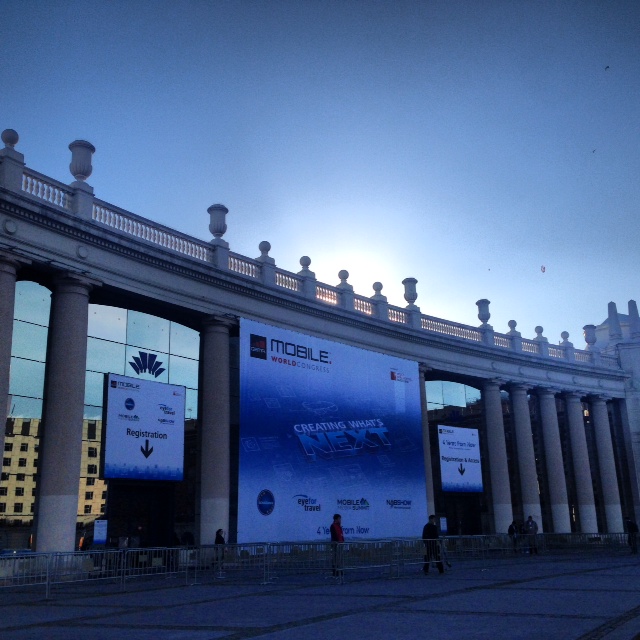
The bleeding-edge mobile mindset, products and services introduced at the MWC set the standards for the pending trends the rest of the world experiences during the next 12-18 months.

The opportunity to attend this event arose out of my collaborative efforts with cDemo and their talented leadership team, Allan Chell, Justin Ober & Jay Radke. We had several goals:
- Introduce the cDemo Mobile Application Platform (MAP) to the global mobile ecosystem.
- Introduce the Got Stories mobile story telling application.
- Identify additional collaboration opportunities and partners.
- Learn more about the hottest trends in mobile devices and technology.
I could bend your ear for hours about the entire experience, here’s an overview of the key items from the four day event.
Wearable Devices:

This was a hot topic at every turn. Wearable devices such as smart watches and wristbands are gaining in popularity and will continue to lead
the wearable market as new solutions improve within the athletics and health monitoring segment. This “Quantified Self” movement is expected to ship over 17 million wearable bands this year. The forecasts estimate an increase to 23 million by 2015 and 45 million by 2017. the industry is calling for this to become a key consumer technology item.
Samsung introduced their Galaxy Gear Fit Band. This unique health tracking device also won the Best in Show award for the MWC. Samsung,
among many others, is helping raise awareness to the ‘consumerization of health’ concept. Apple’s anticipated smart watch is expected to fully embrace the health aspects available to consumers.
The wearable segment is still so immature. In order for these devices to truly become helpful items a lot of things need to change. Some of the challenges:
- Wearables are very ugly right now.
- User are self-conscious about wearing them in public.
- Public perception is that they are creepy and/or they don’t understand why they would need them.
So, for these devices to become more acceptable:
- Designs need to improve. To the point of being attractive like an accessory rather than an obstacle. The new Motorola 360 smart

Galaxy Gear 2 watch has the best chance of being an early leader with it’s round watch face. It’s more acceptable and provides a better user experience as it doesn’t have corners to poke your wrist. Plus, this allows for the user’s eye to focus on the center of the screen while the content can rotate for easier consumption. You just can’t do that with a Pebble or Galaxy Gear in it’s square form.
- Users must want to wear it all the time. in order for a wearable to break from the pack the user must want to turn around and go back home if forgotten. That doesn’t happen right now.
- Charging solutions must also improve. Of all the smart watches seen, there was one that didn’t need a charge or six months. Nobody likes the charging process. Wifi charging, solar solutions and longer life battery solutions are among the best opportunities.
- The devices also need to provide more valuable information and insights to the user. There are a multitude of devices that can tell you how many steps you took or what the pace of your run was, but very few go beyond that with regards to extremely helpful insights about what that data means for you or even providing additional recommendations.
- Applications must run better. All previous devices have been using Android or proprietary operating systems; the absence of a standard OS to build off of reduced developer’s ability to create effective applications. That will also change with the introduction of Android’s wearable OS.
Another interesting observation was how aware and eager the European market is to experience Google Glass. (It’s only available in the US currently) This was the only time I have worn my Glass all day, every day. Besides making it very easy to snap pictures and videos, they were also valuable for directions and using the Word Lens translate app.
We were constantly being asked by others if they could try them; they were the best conversation starters – even when we walked into a company’s exhibit. Suddenly, the conversation turned to why we had them, what we’re doing with them and made them even more interested in what we have been working on as well.

Also related to this topic: Data sensors for different segments of the wearable device market. Sensors that are placed within items such as tennis rackets, soccer uniforms, soccer balls and even vehicles can provide amazing real-time data. The information is then viewed within an app, analyzed as needed and can even be communicated back to other users and collaborators. Augmented/Virtual reality solutions are following the same path with viable solutions rather than just sci-fi concepts; VR mass acceptance will accelerate into our immersive society.
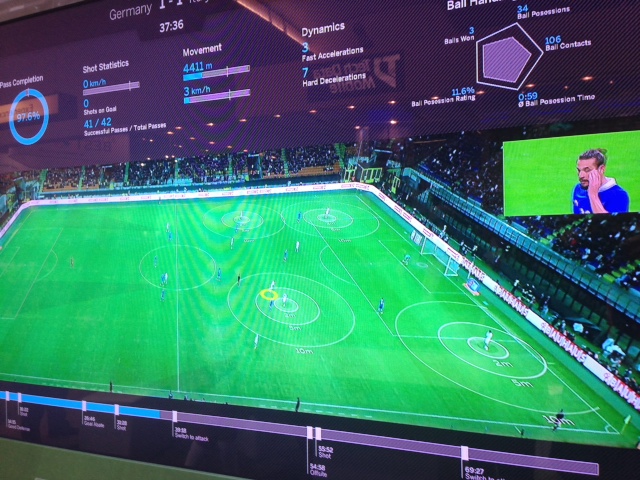
The connected car displays from Ford, GM and the Telefonica partnership with the Tesla Model S, were impressive and showed promising value. These connected cars provide the driver (and eventually the dealership) an entirely new type of owner experience as well as improving the driving experience. We’re not talking about simply getting Facebook on your dashboard, this is all about the car being self-aware of it’s own internal activity and being able to communicate to you and the dealership.
The Tesla connected car platform partner for the US is AT&T. The platform provider, Jasper Wireless, also delivers their solutions for nearly a dozen automotive manufacturers around the world, some include Audi, Ford, GM, Nissan and VW. Add your choice of elegantly designed wearables and you’ll never be out of touch with your vehicle and nobody will ever notice.
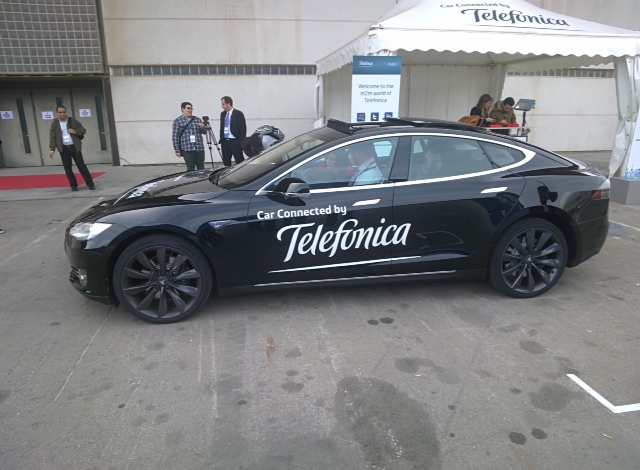
Why this is important for any business:
More consumers will be wearing some type of wearable device. They’ll do this for the purpose of consuming notifications, connecting with the things in their life that are the most important to them and also to provide greater convenience. Businesses should be thinking about how they can connect with their customers via the channels and platforms they prefer, with the best information that will continue to provide product value.
Mobile Application Platforms
The world’s largest consulting giants such as Accenture and SAP are predicting greater efficiencies and effectiveness via application platforms versus creating internal solutions. These platforms provide pre-built applications which are easily configurable by the end user and equipped with access to the necessary data using API’s. The Internet of Things theme was persistent as these solutions help connect data, devices and users.
Companies don’t need to waste time and money building their own solutions as this is an inefficient process. Historically, the IT department doesn’t communicate well with the end user regarding the configuration, the UX or even the work flow desired. The process can be significantly easier, launched in a fraction of the time and improve the overall experience by executing this via a MAP. The best example of this is the MAP solution cDemo created for Manheim auto auctions for their vehicle check-in process. Implementation time was reduced from one year to six weeks while vehicle inspection quality improved significantly. The quality of the user experience also continues to climb due to the ease of configuration of the application. All of this helps contribute to an easier on-boarding process and higher app usage.
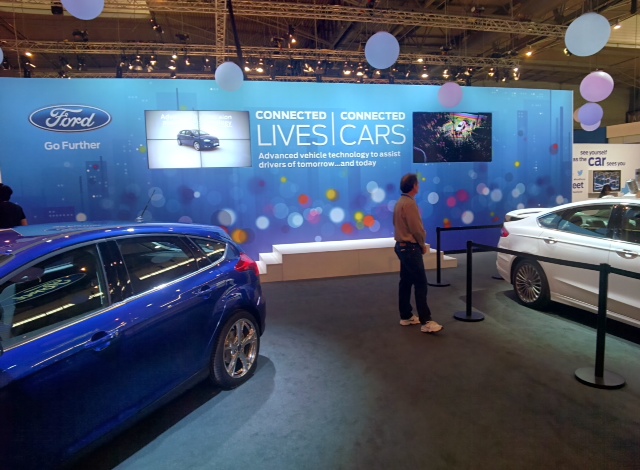
Also related to this topic: Many companies involved with application management, platform development and data capture had their own type of structured data/semantic of solution integrated with their specific applications. These companies are not simply collecting big data and wondering what to do with it. These companies are interpreting the data, learning from it and acting on it – fast. Machine readable data solutions learn a lot faster than we will ever be able to do. Even more impressive is once the machines learn from the data, they never forget it.
Massive libraries of information are being constructed for a number of different markets, products and services. The machines are learning from the interactions and creating new possible outcomes for the end user. From a marketing perspective, search engines will understand the meaning of the words, the linked relationships between them and understand user intent to serve exactly what the user desires.
From an IT perspective, Internet servers can learn from previous hacker attempts and create new steps to protect itself against the next attempt all faster than a human can even detect the initial attack.
Mobile Devices
Bigger. Better. Faster. When it comes to phones they’re going to be more amazing than ever imagined. The Samsung Galaxy S5 was introduced at the MWC along with others such as the HTC One (& the MAX) and the Huwaei 7″ tablet with a sim card. Everything is improving quickly: screen quality, processor speeds, application quality, camera quality and functionality.

Upon returning I immediately picked up the new Galaxy Note 3. The extra large screen size took about a day to adjust, now it’s only noticeable when placed against a regular sized phone. Google, HTC, Nokia, etc, they’re all releasing new devices with screen sizes between 4.7 and 6 inches. Plus, these phones continue to get thinner and many include a full metal body. Note: Apple is never represented at the MWC but they have confirmed a 4.7 inch iPhone 6 is under production. A second version of 5.5 inches or larger is rumored to have been delayed due to difficulties in screen production.
Also related to this topic: Mobile Security and secure communications were also hot topics. Many companies are trying to lure users by creating so-called secure apps and entire phones for secure anonymous communications, unfortunately the claims just aren’t true. Operating systems can be hacked, applications can be compromised and entire platforms such as email, SMS and voice are already being traced at multiple levels. Solutions which provide secure sim cards with government level security and assure 100% anonymity between two devices or a network of devices exists and will lead the charge in providing untraceable, vanishing communication. This was among the most intriguing item I experienced and it opened my eyes to an entire area I was not familiar with. (And yes, we used this solution throughout our stay.)
Firefox scored a major win with their Firefox OS and the devices built to house the mobile platform. These neat phones look like a regular smart phone except they only cost $25. And there aren’t any apps. The entire platform is HTML5; you’re simply browsing the mobile web.
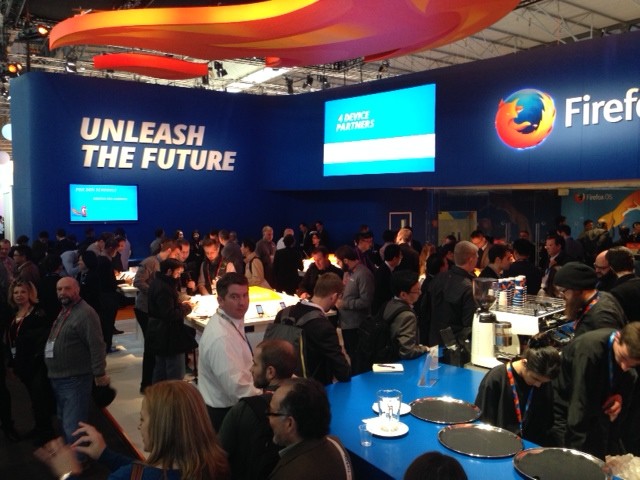
Why this is important for any business:
Your mobile website should be one of your top priorities now more than ever. Is it fast, functional and does it proved easy access to the most important items the need? Your dealership site should have matching desktop URL’s for consistent structure. (No m. or .mobi – have your website provider fix that as needed)
Your site must be some type of adaptive or responsive solution. I’m still a champion for responsive dealership sites. When done right they look awesome and do what they’re supposed to do. Your mobile site should also have more than 1 picture, videos, easy contact functions and the ability to set appointments. And this way, they’ll work in every environment.
As mobile phone screen sizes increase, so does the opportunity for your mobile site to be more effective. Design restrictions for smaller phones impacted the final product. Consider the opportunities for improved customer experiences, especially with your merchandising efforts.
Also important, protecting your customer and dealership data. The current state of dealership security and the methods to protect this data is laughable in some situations. What type of proactive steps are being taken to protect vital information as showroom processes move away from desktops to mobile work flow applications being conducted on personal devices?
Summary:
The global mobile market is expanding faster than ever. Improvements in device quality, the types of devices and how these intelligent devices connect things will disrupt current markets and ultimately create more convenience and time for us. Every business needs to understand consumer mobile behavior, grasp the data behind their activity and connect with their customers in multiple ways. A generic email blast is yesterday’s tactic.
The major device manufacturers, telecom companies and pillars of the Internet, such as MWC keynote speaker Mark Zuckerberg, are clearly focused on creating a connected mobile world by providing access to everyone and everywhere.
I’m already counting down the days until MWC15.







